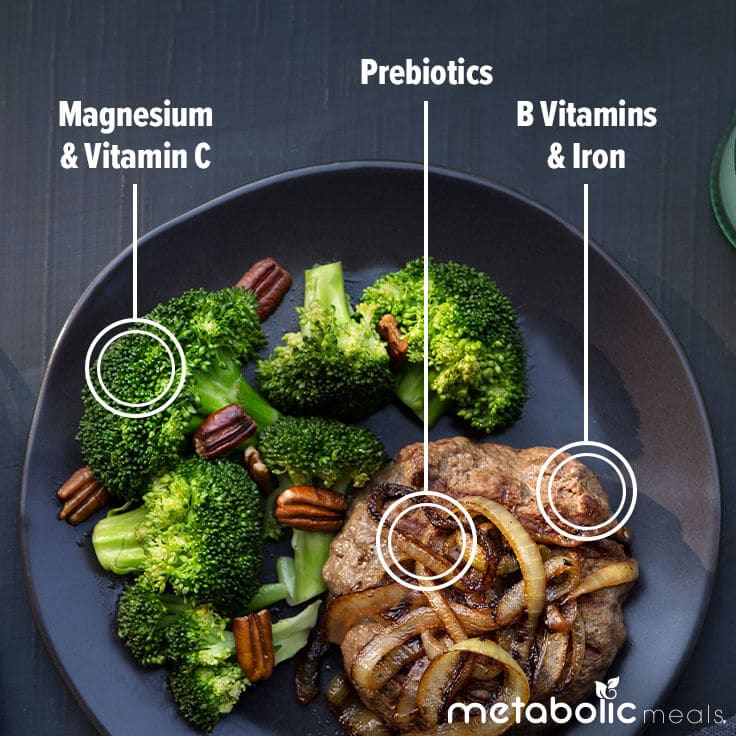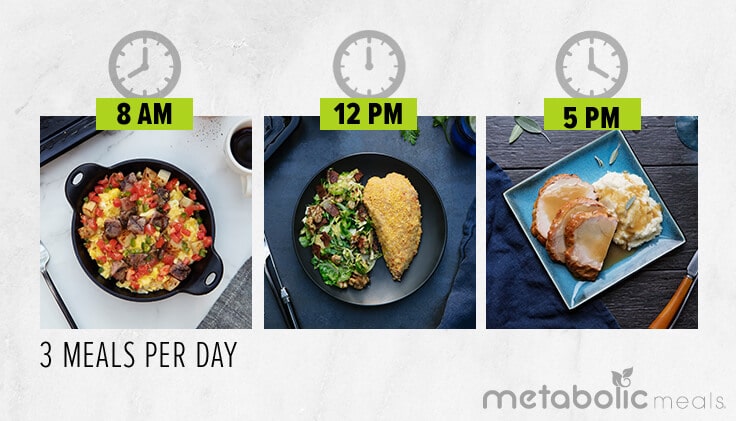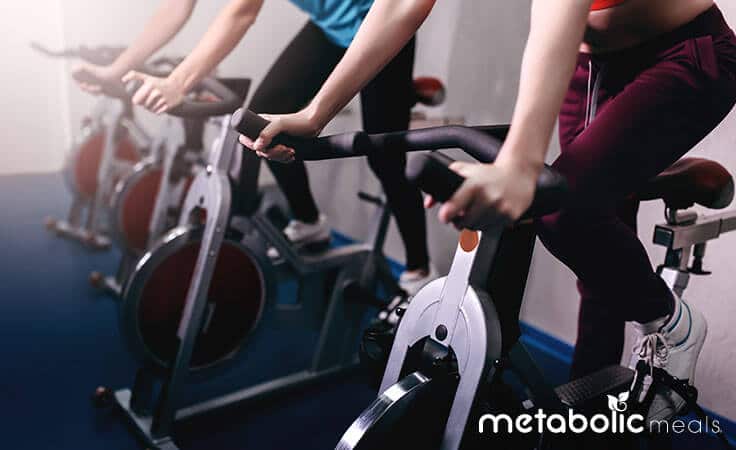ARTICLE AT A GLANCE
Researchers, coaches and athletes are beginning to take a much closer look at a marker that shows an individual’s “readiness” and resilience. It is called heart rate variability or (HRV).
HRV is also becoming increasingly popular among the general public and biohackers who are already tracking steps, calories and sleep quality data from their smart watches.
Why? Tracking HRV over time can be a useful tool in identifying imbalances in our autonomic nervous system (ANS), which regulates many aspects of our biology including all aspects of our cardiovascular system like blood pressure, heart rate, etc.
High HRV is associated with better overall health, including greater cardiovascular health and less inflammation in the body. Individuals with a high HRV often have increased fitness capacity.
10 Ways to Raise Your HRV Score
1. Go to bed before 11 p.m. and get 8 hours of sleep.

Cortisol (a fight or flight hormone) is elevated in people who don’t get enough sleep and higher than normal cortisol levels lead to insomnia — it’s a vicious cycle.
Early to bed, early to rise matches our circadian rhythm and helps keep a normal cortisol curve.
2. Dial in your macros.
Low carb, Paleo, IIFYM … what diet works? The latest research suggests that “what diet works best” is somewhat unique to the individual. HRV can be a good tool to use for exploring what macronutrient ratios and calorie amounts help you recover better. Track your meals and chart your weekly HRV average.
Use your nutrition log as a clue when you see increases or decreases in HRV.
3. Fix your micronutrient deficiencies.

A large percentage of people have at least one micronutrient deficiency. Poor food quality and eating the same things too often make it difficult to get the nutrition you need to operate at your best.
Make sure and rotate your foods. Try new things and look for seasonal foods with ingredients that you can pronounce.
4. Restore your adrenal glands with adaptogenic herbs.

An herb called rhodiola rosea is becoming one of the most popular adaptogenic botanicals in North America. It has long been recognized and revered in Europe and Asia as an herb that increases mental physical and emotional resiliency.
Most people will prefer to take rhodiola rosea in the morning and possibly around lunch during periods of high stress.
5. Eat in an 8-10 hour window.

Dr. Satchin Panda, professor at the Salk Institute, has found in his research that most people actually graze over a 15 hour or longer window each day.
“The gut has a clock that regulates the daily flow of enzymes, the absorption of nutrients and the removal of waste. These daily rhythms are so ingrained that they are programmed in our DNA,” according to Dr. Panda.
When these rhythms are disrupted, it is more likely that your sympathetic nervous system is in overdrive.
For a meal timing schedule that mimics your natural circadian rhythm, eat 3 meals per day at 8 a.m., 12 p.m. and 5 p.m.
6. Learn to really breathe.

By modulating our breathing rate and performing 6 breathing cycles per minute (inhalation + exhalation = 1 cycle), it is possible to calm the mind and saturate the body with oxygen and enter a positive emotional state.
Practicing these breathing techniques for 5 minutes daily will usually do the trick.
7. Do “just enough” aerobic training.

Stay well under your aerobic threshold for a 20-30 minute “mini-workout” when recovery is needed.
Pick a pace that you could do for an hour or longer and try not to produce much lactic acid. For some people this may just be a brisk walk. This lower intensity workout begins a series of body processes that coax the body into recovering faster.
8. Pick a day to try dopamine fasting.

Proponents of dopamine fasting believe that we have become overstimulated by quick ‘hits’ of dopamine from things like social media, technology and food. They say that by deliberately avoiding these common stimulants – which we see as pleasurable activities – we can decrease the amount of dopamine in our brain.
This break from stimulation allows the parasympathetic nervous system to calm down.
9. Stay hydrated.

In a recent study, athletes who were divided into either a hydration group or dehydration group were assessed for Heart Rate Variability post-workout. Not surprisingly, the dehydration group showed a significant drop in HRV compared to the group who were properly hydrated.
In general, drink between half an ounce and an ounce of water for each pound you weigh, every day. For example, if you weight 150 pounds, that would be 75 to 150 ounces of water per day.
10. Take a yoga class.

Yoga aims to improve mind-body coordination while improving blood flow and tissue oxygenation. People report clearer thinking, better judgement and effective decision making after participating in yoga.
In terms of health and recovery, a significant raise in HRV can be commonly seen after one month of practicing yoga several times a week.
HRV is not a one-size-fits-all number and is a highly sensitive metric, varies greatly for each individual. Scores can vary widely from person to person, so it is important to find your personal average and focus on improving it.
By incorporating new healthy habits into your daily routine, you can both become more aware of your average HRV and work to keep it consistent.






